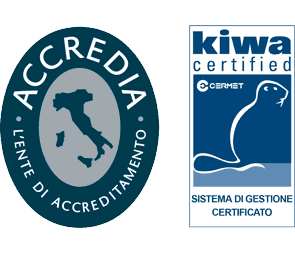What is it?
A digital print is an innovative 3D image acquisition technology of the patient’s mouth, used for restorations and dentures without the use of “pastes” usually applied in dental surgeries for this purpose.
What kind of procedures can be carried out?
Many kinds, here are just some examples of fixed dentures: single crowns or metal-free bridges (lithium disilicate, composite resin, monolithic zirconium, etc.), inlays, fixed implant prosthesis. There are multiple possibilities for use, each according to the patient’s specific clinical case, which is why a preliminary meeting with the Dentist is always arranged to assess options.
What are the advantages?
-
Comfort for the patient: when a “classic print” is taken, nausea and suffocation may be experienced and in some cases this undermines mould precision. A digital print does not require the use of “pastes”.
-
Rapid execution: a digital print takes a few minutes to complete and can be virtually modified using software. Therefore the procedure requires shorter sessions, less visits to the surgery and a faster production flow.
-
Precision: acquisition errors are in the order of a few microns.
-
Communication: the clinical case can be shared with the patient through clear and understandable images on a monitors, resulting in simple communication.
-
Ecological: less steps for the production of prostheses and reduced plaster use in dental laboratories.
-
Sharing: everything is available online and in real time, dentists can discuss with colleagues and dental technicians, even those who are thousands of kilometres away from them.
Is it a hazardous technique?
Absolutely not, it does not require the use of ionising radiation (unlike in x-rays) or toxic materials.
How does it work?
The intraoral scanner acquires images, generating an STL file (Standard Triangulation Language), a special format for CAD stereolithography files, which is a solid discretized in triangles. STL format is very easy to produce and elaborate; to date it is one of the most important standards used in the field of 3D design and printing
What are the disadvantages?
Not all clinical cases can be addressed using this technique and so a preliminary meeting with the Clinician is necessary, to assess recommendations.
What does the procedure for making a prosthesis involve?
The steps are simple:
-
Acquisition of the digital print and colour
-
Prosthesis design using CAD software
-
Making the prosthesis using a CAM miller or 3D printer
-
Product testing followed by delivery
Our surgery
We provide patients with digital print technology; contact us if you would like to assess the possibility of undergoing rehabilitation using this technique, together with our Dentists.


